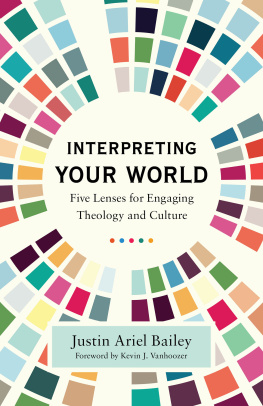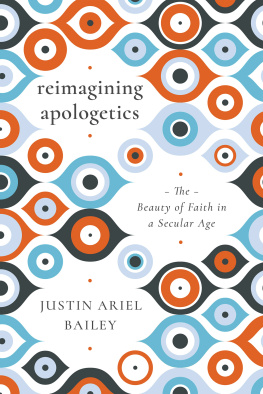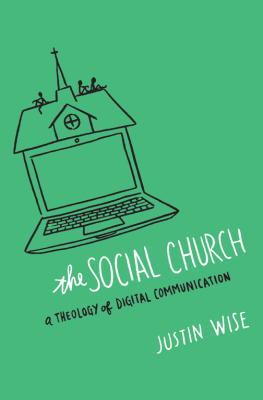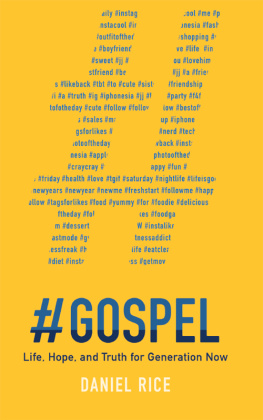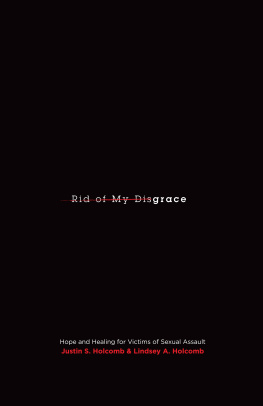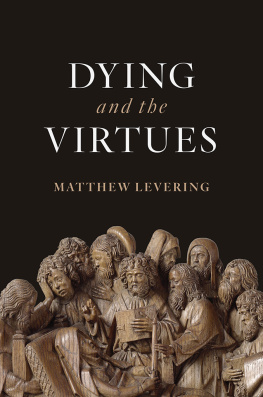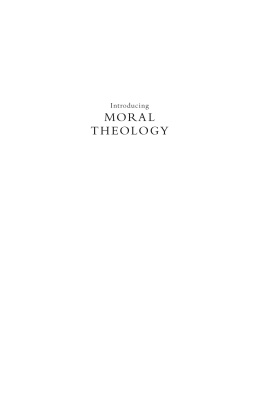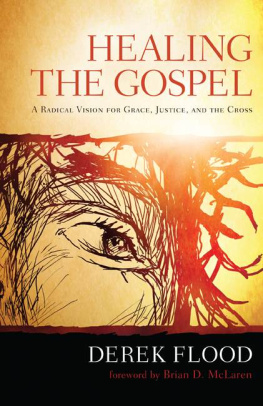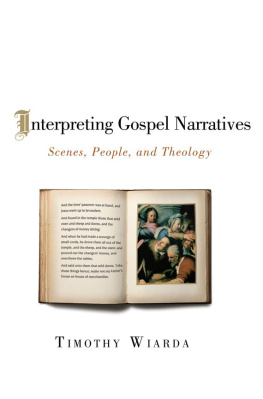Foreword by Kevin J. Vanhoozer
1. The Meaning Dimension: Culture as Immune System
2. The Power Dimension: Culture as Power Play
3. The Ethical Dimension: Culture as Moral Boundary
4. The Religious Dimension: Culture as Sacred Experience
5. The Aesthetic Dimension: Culture as Poetic Project
Foreword
Why should theology, the science of God and of the sacred page, consort with something as secular as contemporary culture? And why should seminarians, prospective pastors and preachers, or for that matter, everyday Christians spend time learning how to interpret popular culture and critical race theory in addition to the Bible? Biblical interpretation we know, but who, cultural interpretation, are you, and why have you come to church?
In the 1980s, when I began my seminary teaching, few people talked about culture, and when it was mentioned, it was always foreign : something they had, over there . Much has changed since then. However, if anyone still questions the need for theology to engage culture, let them ponder Jesuss words: Why do you see the speck that is in your brothers eye, but do not notice the log that is in your own eye? (Matt. 7:3 ESV). The truth is that we are all creatures of culture, people who form and have been formed by (mentally, morally, even spiritually) everything in the world that is not a product of nature.
I introduced Justin Ariel Bailey to cultural hermeneutics almost twenty years ago. (You can read his account of this experience in the introduction.) I am happy to acknowledge that thanks to the present book, the student has now surpassed his teacher. I talked in class about the importance of giving thick descriptions of cultural objects and practices, but I am now learning from Justin how better to do this, thanks to his penta-focal glasses (the five lenses) that enable him to give even thicker descriptions of the cultural world, of the dialogue between theology and culture, than the ones I presented in class.
Yet why bother interpreting the world if, as Karl Marx stated, the point is to change it? This is a fair question. Many Christians want to transform culture by proclaiming the gospel, but this requires discernment. The title of John Stotts book on the topic accurately describes the challenge of preaching: Between Two Worlds . To be sure, a pastor is first and foremost a minister of Gods Word, yet in order to bring the Word to bear upon the world, preachers need to know something about the people to whom and the contexts in which they are ministering. Knowing culture matters because culture, like religion, is in the business of shaping hearts: appealing to the imaginations need for meaningful stories and creating and satisfying desires.
Culture invariably informs our lived theology or, as Justin puts it in this book, our sense of what is most real and what really matters. I sincerely believe that culture is the most powerful means of spiritual formation on earthapart from the Holy Spirit, that is. Culture forms even the way we think about and read the Bible, which raises the question, Who is interpreting whom? It so happens that both the Bible and contemporary culture offer interpretations of our world, of everything that matters to us.
To preach or communicate the Word of God effectively in the present world, then, pastors need to know something about the biblical text and our contemporary context. To become what Jesus calls fishers of human beings (Matt. 4:19)the kind of disciples who can make other disciplesit helps to know something about the water in which they live and move and have their being. For example, do they live in salt water or fresh water?
Justin offers five lenses on culture, five perspectives on the water in which we human-fish live and swim and have our being. The five lenses allow us not simply to stay on the surface of the water but to plumb its depths. Justin gives us tools to help us understand why people speak, act, and live as they do. And though he has moved beyond the culture as a meaningful text model, his book still contributes to the important goal of cultural literacy. For it is only when we are able to make sense of culture, and to understand its nature, function, and power, that we can begin to engage it theologically. The purpose of engaging culture is to gain cultural literacy, a prerequisite for cultural agency: the ability to make a difference, to inhabit ones culture in ways that befit followers of the Way of Jesus Christ. What is at stake in the dialogue between theology and culture that Justin here engages is nothing less than the shape of our discipleship.

